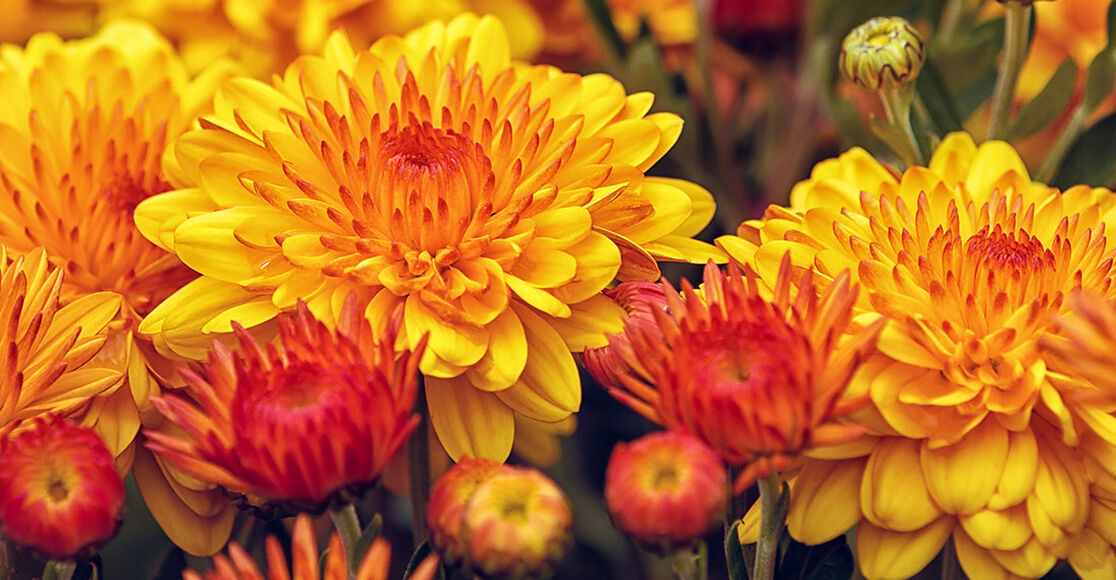It’s hard to imagine that spring is on the horizon in the dead of winter, but it is. And now is a great time to bring your green thumbs out of hibernation to start planning this year’s garden.
It is best to get ahead of garden prep before planting time arrives, so you can focus on the fun parts – sowing and planting your vegetables and plants. Typically, it’s best to introduce any indoor seedlings to outdoor conditions about two weeks after the last frost in your area and gradually transplant them into your garden. If you’re starting fresh, with new seeds, start sowing them 6-8 weeks after the final frost in your area.
Regardless of the maturity of the plants you plan to house in your garden, follow these tips to help you prep for a successful growing season.
Map out your garden.
Winter is an ideal time to start planning what you want in your garden for the upcoming season. Whether you have an existing garden, and expanding one or creating new beds, mapping out how your garden will look and what plants will be planted where will help you be more efficient once it’s officially time for planting. During the selection process, consider shopping for seeds and bulbs that will create a landscape that aligns with the vision of how you want your yard to look - color, texture, scents, size, etc.
Prep garden tools.
Nothing’s worse than being ready to dive into your spring garden and your tools aren’t up to par to get the job done. About a month before planting, clean your garden tools - shovels, shears, rakes, loppers and pruners - so everything is ready to go as soon as it’s time to hit the soil. Clean accumulated rust and dirt off smaller tools with a wire brush; and if it’s stubborn, try fine steel wool. For larger tools such as shovels, use sandpaper to remove rust. Once clean, sharpen bladed tools (shovels, shears and loppers) with a file, pushing it across the blade in a motion away from your body at a diagonal line.
Work the soil.
Before you can start any gardening, the soil must be ready for planting. Since the yard has been trapped under snow all winter long, the cold and moisture compacts the soil, making it hard to work, creating an unhealthy foundation for planting. To break up soil and turn it into a soft environment for new roots to grow, till soil when it’s nearly dry with some moisture, but not soaking wet.
Add ammendments.
Next, mix organic matter into the soil, such as compost or manure, to add nutrients. Because it’s incredibly rich in nutrients, compost will help improve soil’s health and provide crops with the nourishment needed to improve water drainage. Consider adding mulch on top of soil once properly amended, as it will keep soil cool and block some light, preventing new weed growth.
